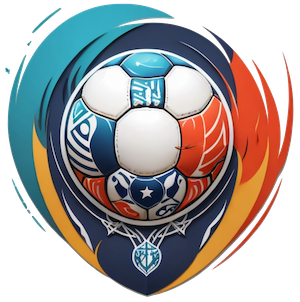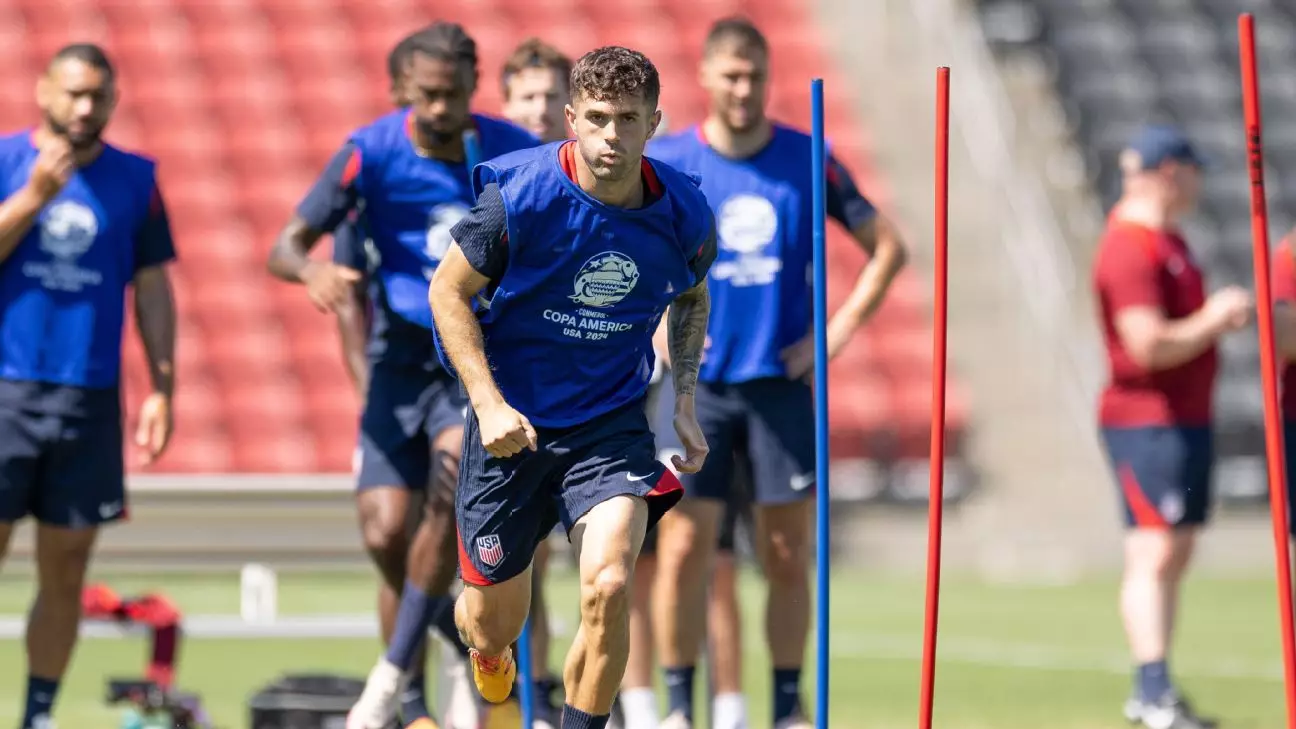The recent incidents involving assistant referee Humberto Panjoj and Uruguay defender Ronald Araujo fainting during a Copa America match between Canada and Peru have brought attention to the health risks associated with playing in extreme heat and humidity. These incidents underscore the need for thorough preparation and vigilance when athletes compete in such conditions, especially during international tournaments where the physical intensity is high. Expert Doug Casa, CEO of the Korey Stringer Institute, has highlighted the challenges soccer players face due to the lack of built-in breaks during matches, unlike other sports such as baseball or American football, making them more susceptible to heat-related illnesses like heat stroke.
One of the most dangerous aspects of playing in extreme conditions is high humidity, which inhibits an athlete’s ability to effectively cool their body through sweat evaporation. When humidity levels are high, there is an increased risk of dehydration, heat exhaustion, and heat stroke. Despite elite athletes like soccer players having a lower risk of heat-related illnesses, it is still essential to monitor core body temperature to prevent cognitive decline, which can impact decision-making on the field. The need for hydration and strategies to manage heat stress becomes crucial in such challenging environments.
Prevention and Adaptation Strategies
To cope with the effects of extreme heat, soccer teams can take several steps to help their players acclimatize and perform at their best. Acclimatization training for 10-14 days in hot and humid conditions can prepare athletes for the challenges they will face during matches. Adjusting warm-up routines, modifying tactics to reduce high-intensity activities, and implementing cooling breaks during games can help maintain players’ core body temperature and prevent heat-related illnesses. Additionally, rehydration and cold water immersion techniques can assist in reducing body temperature rapidly, ensuring players stay cool and hydrated throughout the match.
As soccer organizations plan for future international tournaments, the issue of extreme weather conditions, such as high heat and humidity, must be addressed to prioritize athlete safety. With the upcoming 2026 World Cup potentially featuring games in hot locations, FIFA and other governing bodies need to enhance their protocols to protect athletes during competition. Measures like extended cooling breaks, increased monitoring of player conditions, and adjustments to scheduling to minimize heat exposure can contribute to a safer and healthier environment for athletes and officials. It is essential to prioritize athlete well-being over commercial interests to ensure the long-term sustainability of the sport.
The incidents of fainting during the Copa America match serve as a reminder of the health risks associated with playing in extreme heat and humidity. Soccer players and teams must be adequately prepared and vigilant when competing in such conditions to prevent heat-related illnesses and ensure optimal performance. By implementing strategies for acclimatization, hydration, and heat stress management, athletes can navigate challenging weather conditions more effectively and prioritize their well-being on the field. As international tournaments continue to attract top athletes to compete in diverse environments, it is crucial for governing bodies to prioritize athlete safety and implement measures to mitigate the impact of extreme weather on players and officials alike.

